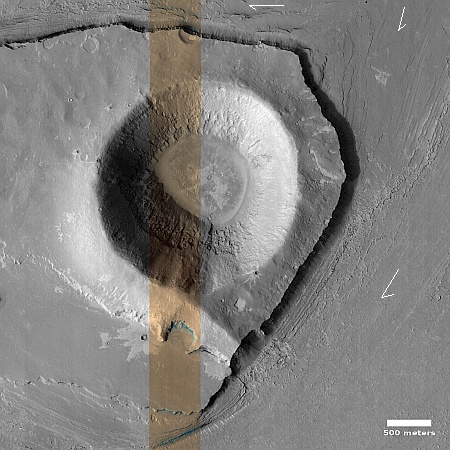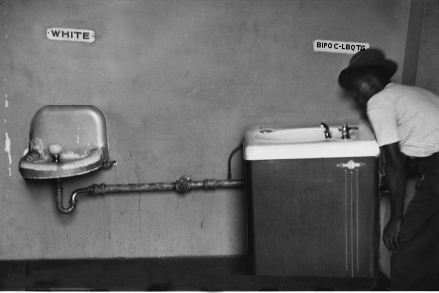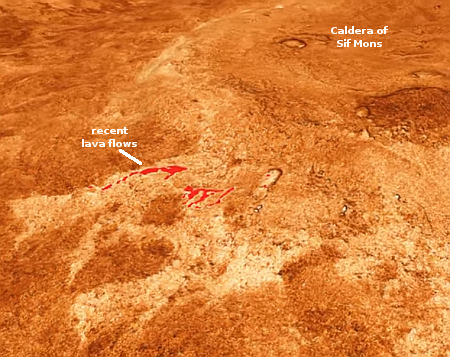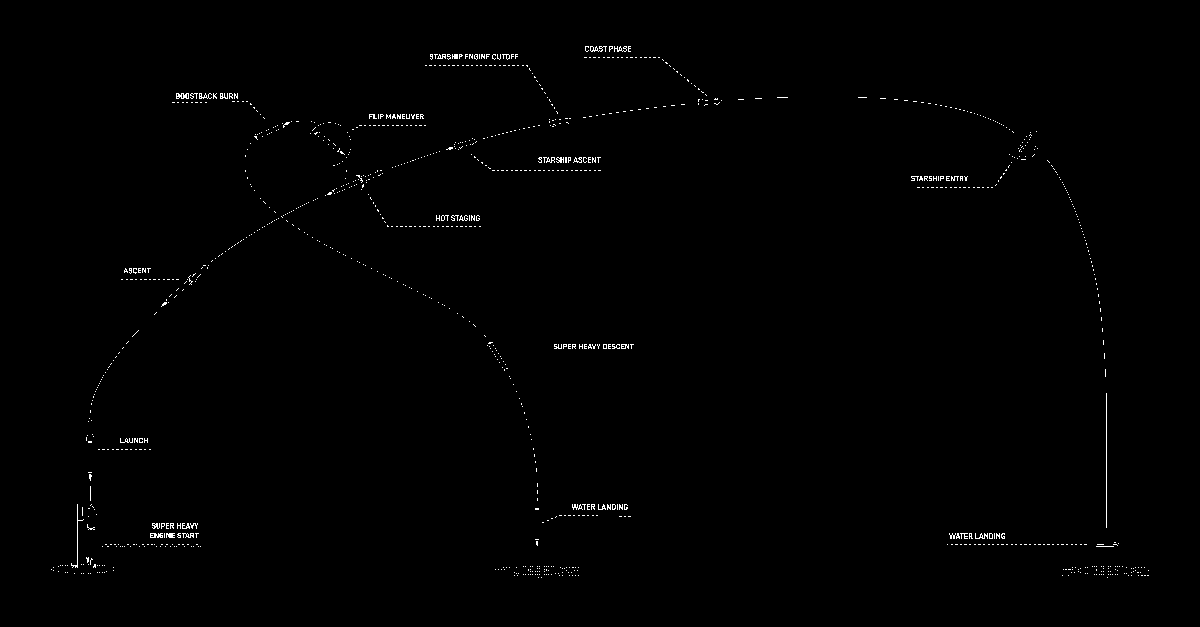SpaceX launches European/Japanese climate satellite
SpaceX today successfully launched a joint European/Japanese satellite designed to study the climate, its Falcon 9 rocket lifting off from Vandenberg in California.
The first stage completed its seventh flight, landing safely back at Vandenberg. This was also SpaceX’s second launch today, from opposite coasts.
The leaders in the 2024 launch race:
57 SpaceX
23 China
7 Russia
6 Rocket Lab
American private enterprise now leads the world combined in successful launches, 65 to 36, while SpaceX by itself leads the entire world, including other American companies, 57 to 44.
SpaceX today successfully launched a joint European/Japanese satellite designed to study the climate, its Falcon 9 rocket lifting off from Vandenberg in California.
The first stage completed its seventh flight, landing safely back at Vandenberg. This was also SpaceX’s second launch today, from opposite coasts.
The leaders in the 2024 launch race:
57 SpaceX
23 China
7 Russia
6 Rocket Lab
American private enterprise now leads the world combined in successful launches, 65 to 36, while SpaceX by itself leads the entire world, including other American companies, 57 to 44.














